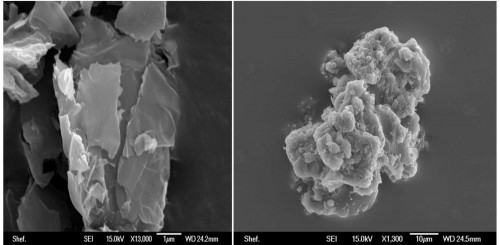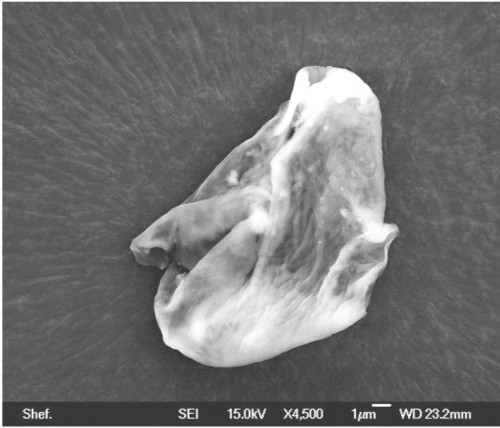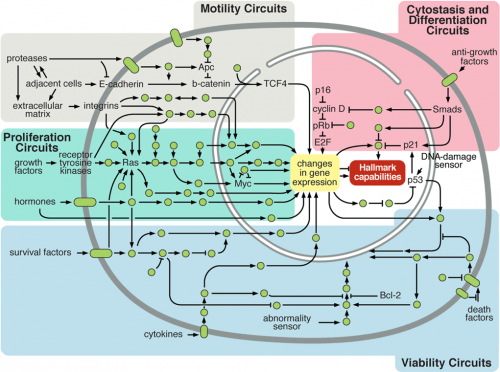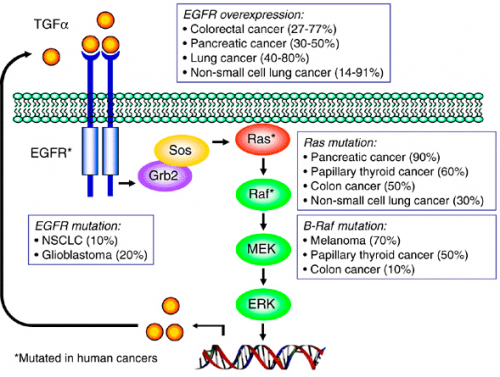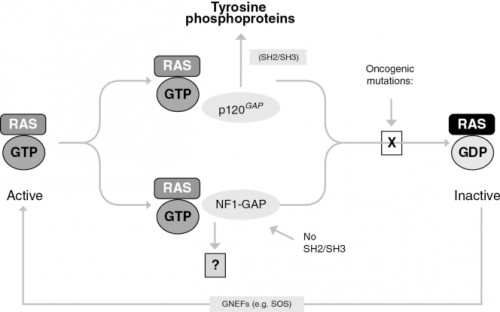Some people didn’t like Bill Nye’s appearance on “Dancing With The Stars”. That’s OK, maybe he’s not such a great dancer…oh, wait, they didn’t like it because it was bad for science? What?
Nye wore a lab coat while he and his partner did the chachacha to the song "Weird Science," while dancing through a set of life-sized beakers. Nye’s appearance on Dancing was so bad it has him facing elimination, after getting the lowest score in the bunch.
His dance did end with fans cheering his name, and he had the biggest social media buzz of any contestants.
But I think his over-the-top performance on "Dancing With The Stars" on Monday night was a disservice to the science community by reinforcing stereotypes that scientists are nerdy, old white men who can’t dance. These stereotypes are what keep women and minorities out of science.
Hang on a minute there. I’m all for more diversity in science, and think there should be more women and minorities in the game. That does not mean that we nerdy old white men have to go crawl into a closet somewhere. The idea is that more women and minorities can get opportunities to do science and get promoted within their disciplines, not that old white men have to stop dancing. I don’t even see the connection here: is it the stereotype that black men are better dancers? That women are prettier on the dance floor? That dancing has anything at all to do with success in a science career?
Bill Nye is a very famous science popularizer (that the audience was chanting his name is a good sign of what he has done for science), and he apparently also likes to dance. Unless he beat up or intimidated a better woman to earn that slot on the show, or some kind of silent discrimination kept a more worthy black scientist from getting a chance to hoof it on the dance floor, I say good for Bill Nye, and yes, nerdy old white men are still allowed to be scientists and to dance. And that’s good for science, because it humanizes the people who are doing science.
Also, I thought Nye was a pretty good dancer…maybe not the best ever, but far, far better than I am. Are we really going to oppose the stereotype that nerdy scientists can’t dance by telling them to not dance?


